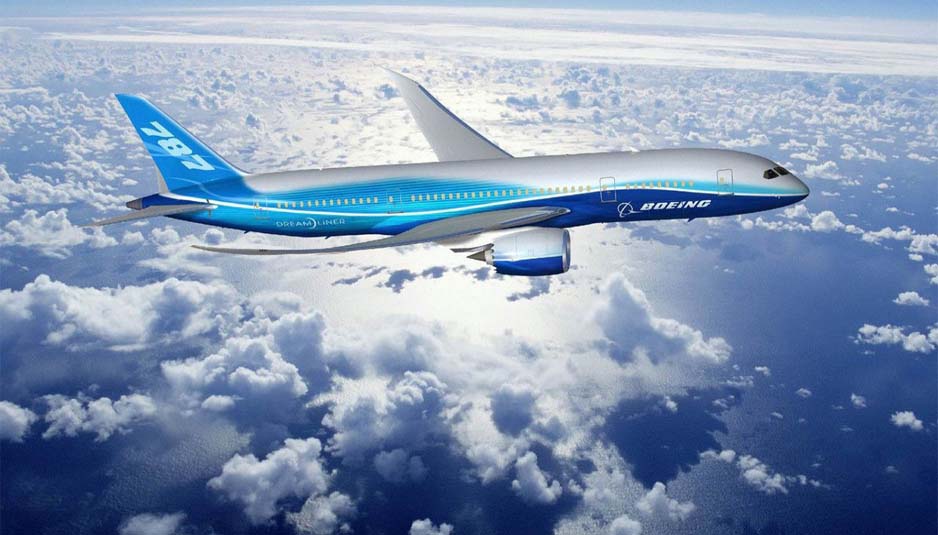Turbofan: the aeronautic engine
The modern airplanes use as engine a turbofan, it consists essentially of a front air inlet, a fan, a compressor, a combustion chamber, an exhaust duct, a gas turbine, a nozzle back and other secondary organs, all enclosed in a structure placed on the fuselage of the aircraft.

gruppoalis.it
The modern airplanes use as engine a turbofan, it consists essentially of a front air inlet, a fan, a compressor, a combustion chamber, an exhaust duct, a gas turbine, a nozzle back and other secondary organs, all enclosed in a structure placed on the fuselage of the aircraft.
The fan distributes the air in two separate flows:
The hot flow that passes through all the stages of the engine and the cold flow which passes through the fan and the nozzle (Turbofan with associated flows) or the single fan (Turbofan with separated flows).
In these engines, the air is compressed through a compressor and then sent into the combustion chamber, where, mixed with fuel, after combustion, generates a flow of hot gases; this flow is directed through the turbine blades, in which it realizes the conversion of kinetic energy of the gas into mechanical energy absorbed by the turbine, required to rotate the compressor, the fan and the operation of the auxiliary components moved by the motor.
The enthalpy and pressure, at the exhaust of the turbine, is converted, through the discharge nozzle, into kinetic energy generating a small part of the thrust required for propulsion. Most of the thrust is produced by a flow of cold air, accelerated, since forced through a duct of decreasing section. Due to the enormous volume, it’s necessary a small increase in the speed of the external flow, so that it develops an enormous amount of thrust.
